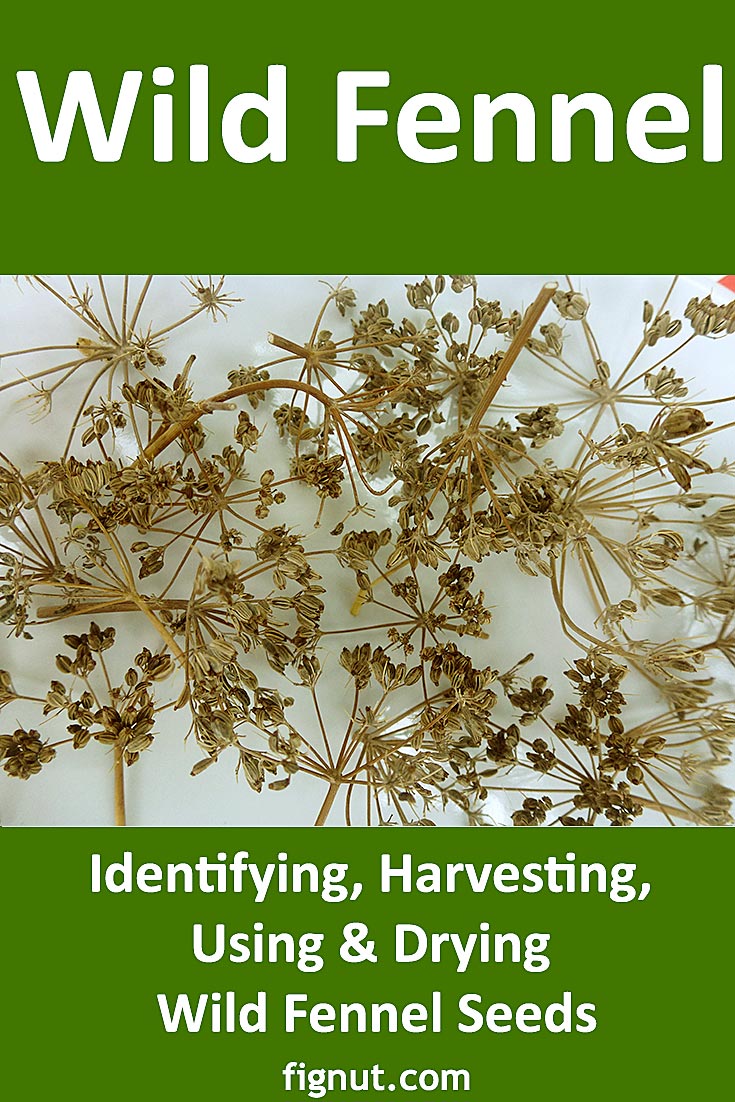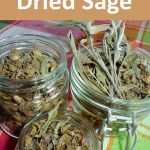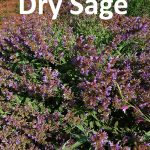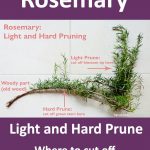I’m lucky enough to be able to go outside my front door and be in the fields and hills of the countryside in a few minutes. In this article, I just want to share with you some things and experiences about wild fennel, one of the most common herbs that grow on the island where I live, how I harvest, use, and store this lovely herb.
Table of Contents
Wild fennel plant
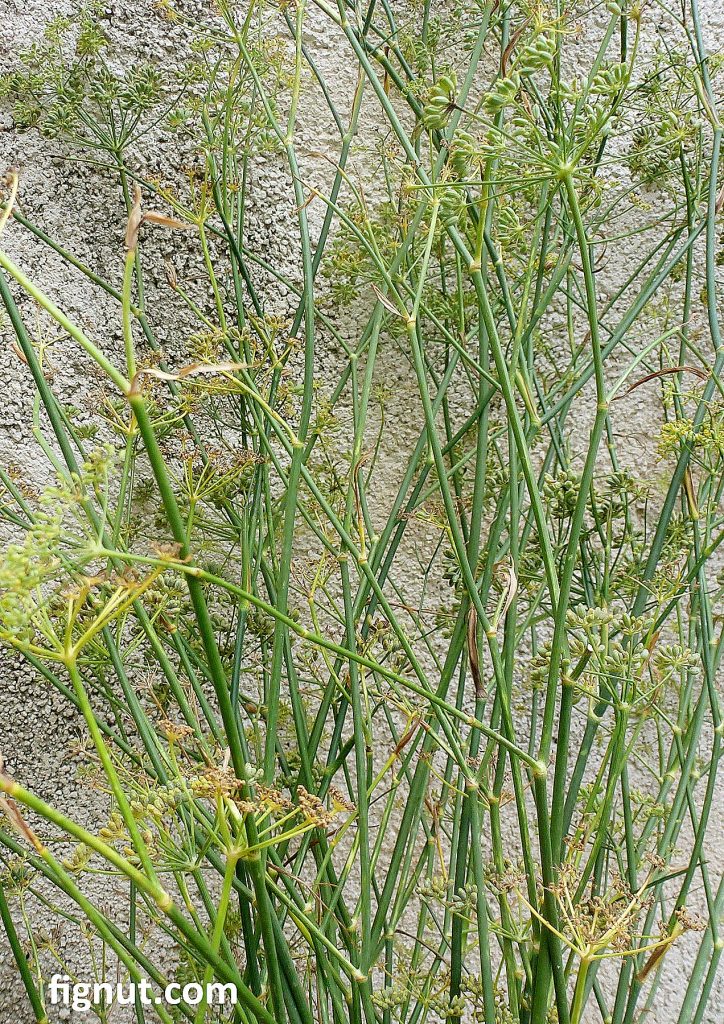
How to identify wild fennel
When it comes to wild fennel identification (Foeniculum vulgare – more info here) the easiest and best way to identify it is to check if a particular plant looks like wild fennel. Once you establish that visually looks like it, then cut a few its leaves or flowers and smell it. If it has a sweet aroma, very similar to anise seed, anise-flavored, it is the right plant. If the plant looks like wild fennel but it doesn’t have that specific smell than it is not the plant you are looking for.
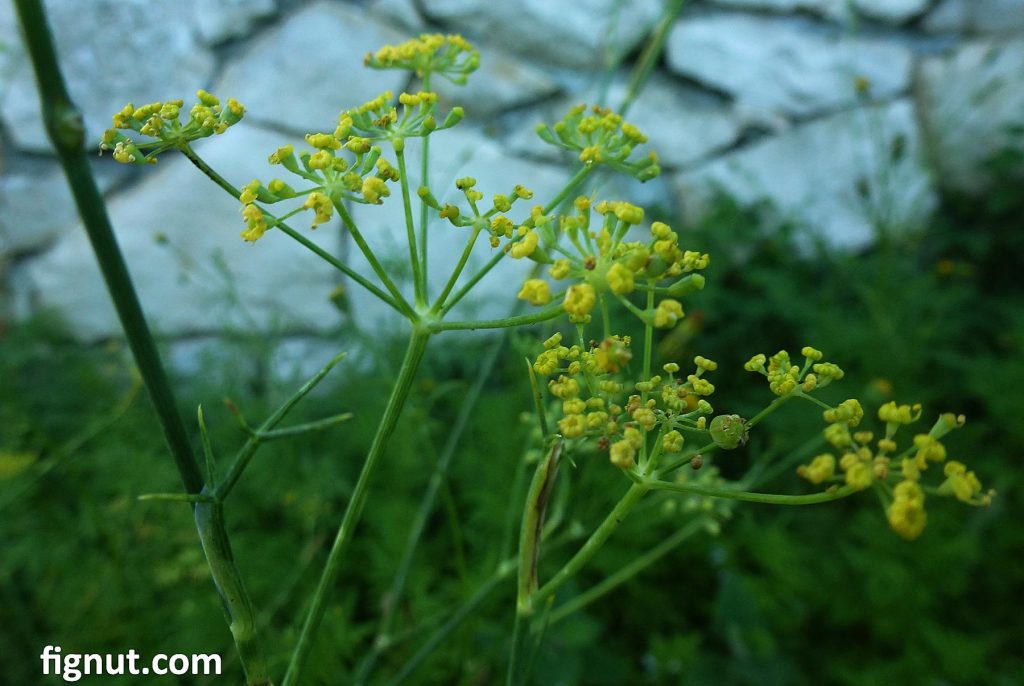
Wild fennel flower
Starting sometime in mid-August, this plant gives us lovely beautiful yellow flowers coming off the top of the plant. It flowers from August to early October. You can cut these flowers and use them either fresh or dry in a variety of dishes and infusions.
Wild fennel seeds


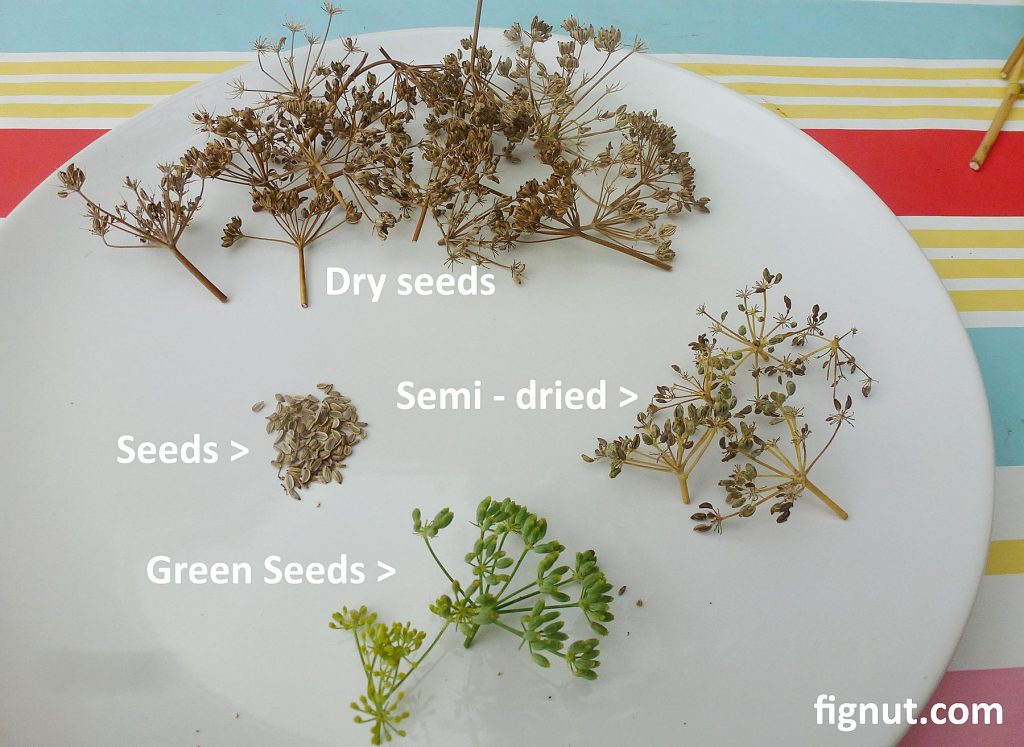
Harvesting wild fennel
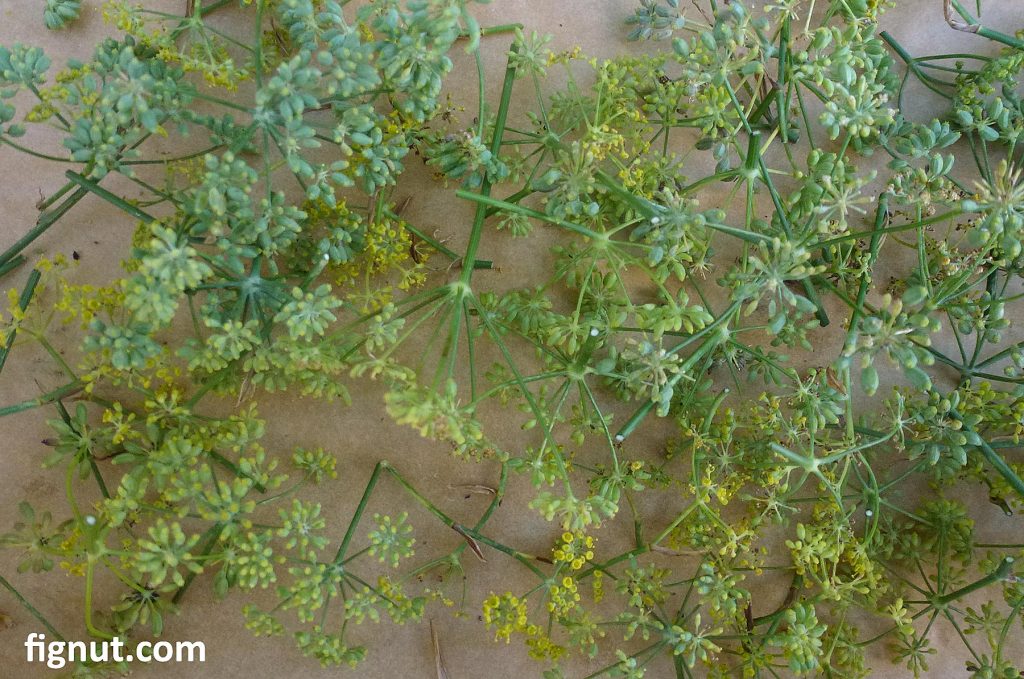
You can get this plant any time of the year, but if you can choose, the best time to harvest it is when flowers are in the full bloom which is here, in the Mediterranean, from late August to early October.
The way I harvest it is I get into the filed for a walk, take some plastic bag with me, and cut branches as well as flowers from the plants.
Back home, I then cut and separate flowers from branches. Place them in two separate corners of the drying tray and let it dry for few weeks in the dry, dark, and draft place and keep it out of the direct sunshine.
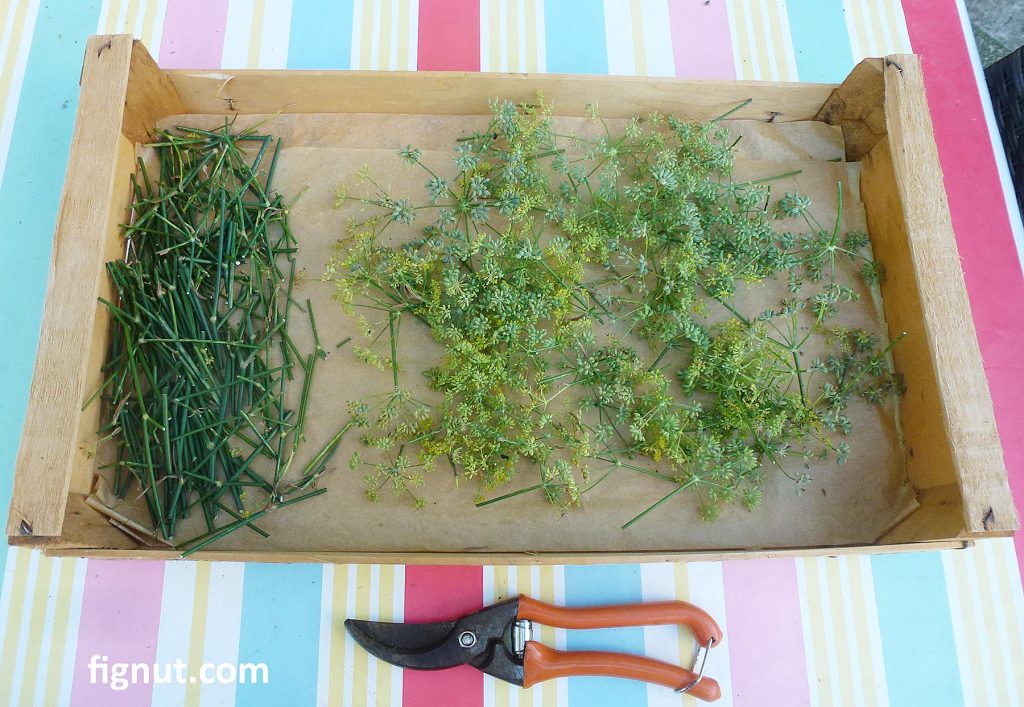
Once the cuttings are dry and ready for storage, which is in a few weeks’ time, I store it in paper bags or glass containers. Keep it in the dark and cool place, and as usual, away from the direct sunshine.
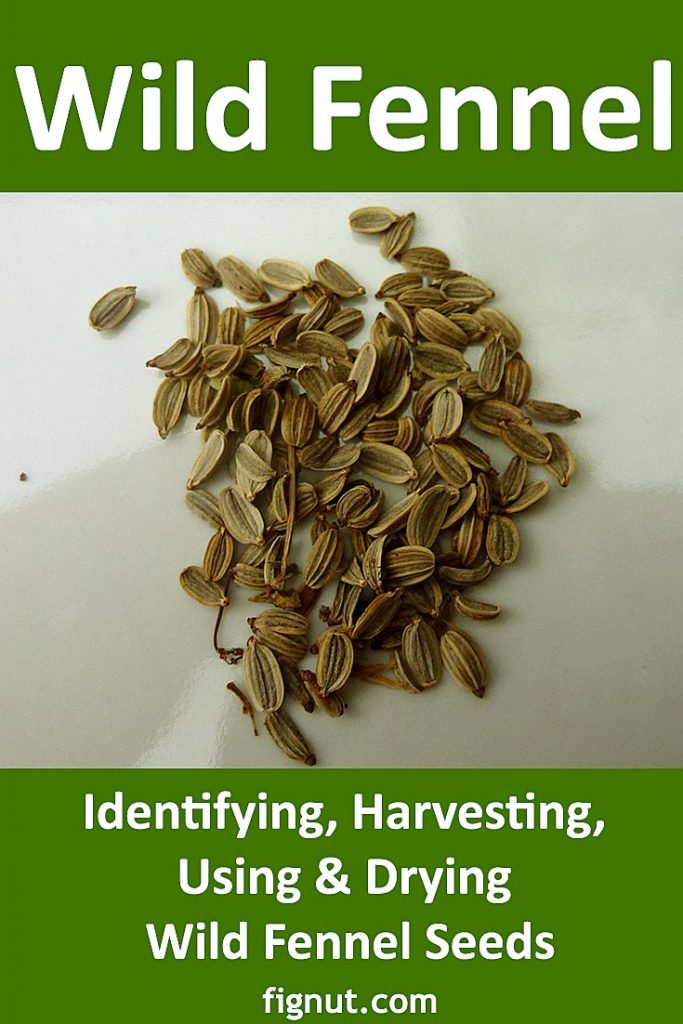
Wild fennel uses
If you are asking yourself is wild fennel poisonous be assured that it is not poisonous. And yes, you can eat wild fennel and use it as a herb or ingredient in vegetable, fish, and meat dishes.
This plant has versatile use, is useful for lots of different things. You can use it in cooking, mix it with fish, meat, and vegetables. Marinated fish or meat with wild fennel is particularly tasty. You can sprinkle it on vegetables, such as on roasted potatoes and carrots with rosemary and fennel, or add it among other herbs in the vegetable or poultry soups.
If you are drying or sun drying any kind of fruit, such as figs or apricots, you can mix your dry fruit with cuttings of this plant to keep fruit fresh and any insects away – see how I use it to mix with my dry figs and storing my dried figs.
I also make a mix with sea salt, get pestle and mortar, mix up small pieces of fennel with salt, and use this salt on special occasions.
Medicinal uses
The best thing about wild fennel is that it is a great digestive. If you’ve got an upset stomach, get few pieces of either leaves, flowers, or branch and put in hot water to make tea. Leave it for a few minutes inside the water, sweeten it with honey if you wish, and drink. It will settle your stomach. I drink this tea a few times a week mixed with wild mint or camomile.
Recipes
Here is a short list of some of my favourite recipes with wild fennel:
Growing wild fennel
I never came to idea to grow this plant as it is very easy to forage it in the area where I live. However, if you would like to grow it in your garden, just put some seeds in the ground and see if it germinates. This herb is pretty sturdy and can grow in variety of climates although it prefers hot and dry climate with plenty of sunshine.
Just for a sake of the experiment, I will try to grow it too just to see how easy or difficult is to successfully grow this lovely herb. I will cover that experience in my next post.

